As a mature heat treatment process, high-frequency quenching plays an important role in the industrial field. While it brings us convenience, some problems often occur in the manufacturing process.
Typically, the problems that occur during high-frequency quenching are: ①quenching cracks; ②soft spots; ③peeling, please read the following article for specific content.
Quenching cracks during high-frequency quenching
Overheating should never occur during high-frequency quenching. The corners, keyways, and holes are prone to overheating and therefore prone to quenching cracks. Making these parts round or inserting copper sheets into keyways and holes is essential.
Because high-frequency quenching heats the surface layer and quenches it, the surface layer is where thermal stress and structural stress work together. If only the surface layer is heated and not hardened, tensile stress will occur on the surface layer; if quenched, thermal stress will be greater than phase transformation stress, resulting in compressive stress.
Therefore, no cracks occur during full quenching, on the contrary, thermal quenching cracks will occur when not quenched through the cross-section. How to quench through during high-frequency heating is an important issue.
If the high-frequency quenched parts are subjected to high-frequency tempering, crack-like charring will occur on the surface. Therefore, it is safer to temper the parts after high-frequency quenching in an electric furnace, and if high-frequency tempering must be performed, low-frequency heating must be used.
Soft spots during high-frequency quenching
Sometimes, dark purple bands appear on the surface of the parts after high-frequency quenching, and rotating stripes similar to the signs in front of a barbershop appear when quenched and moved. These colored areas are soft spots in the quenched layer and have low hardness. These colors will disappear with slight grinding, but the soft spots will still exist.
This is caused by the blockage of water spray holes by dust and inappropriate hole size and quantity. If the water spray nozzle is changed to a slit type or water-soluble quenching liquid is used instead of water spray, this phenomenon can be overcome.
Surface peeling during high-frequency quenching
If the hardness gradient of the cross-section changes sharply, the hardening layer process will cause peeling. Therefore, it is best to use preheating to deepen the hardening layer. Preheating with an induction coil is convenient.
Also, if the tempering treatment is done before high-frequency quenching, the quenching penetrability will be even and deep, which is effective in preventing surface peeling.
In summary, we have shared with you the three most common problems during high-frequency quenching, which frequently occur in production and are worth our attention.

 en
en  cn
cn  jp
jp  ko
ko  de
de  es
es  it
it  ru
ru  pt
pt  vi
vi  th
th  pl
pl 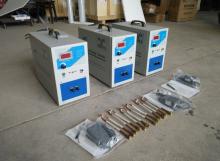
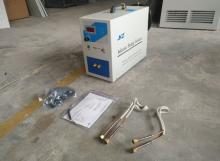

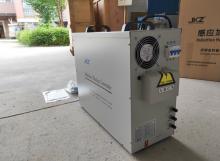


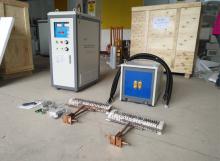
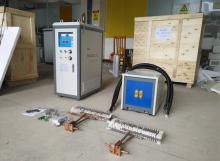

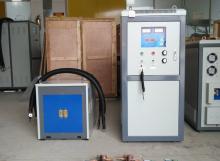

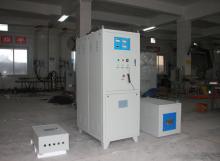

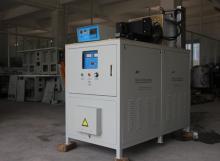
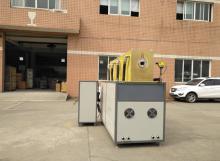
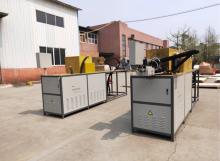
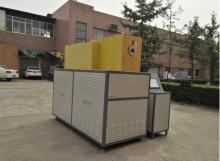
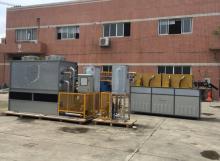
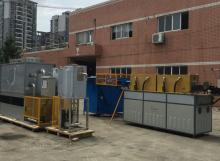
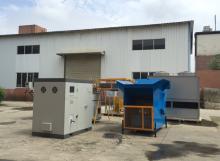
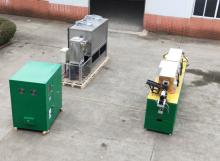
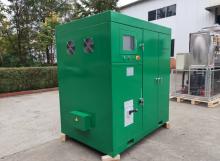
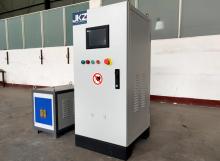
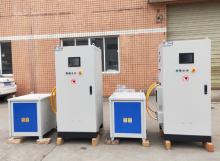



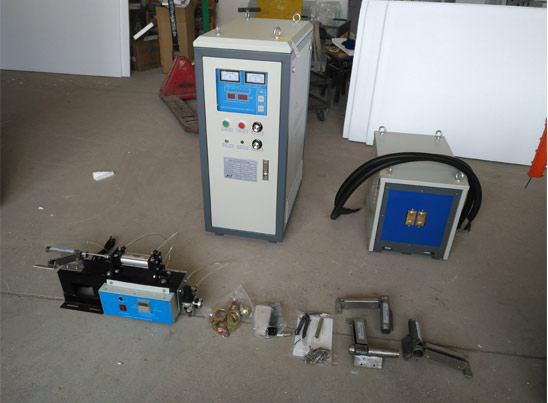
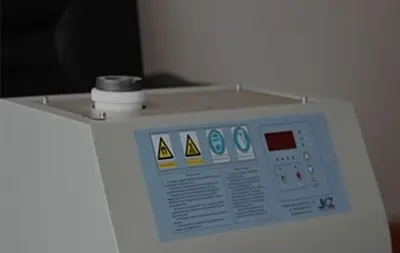





 Call us on:
Call us on:  Email Us:
Email Us:  NO. 688th South Baoguang Road, Xindu District, Chengdu City, Sichuan Province, China
NO. 688th South Baoguang Road, Xindu District, Chengdu City, Sichuan Province, China